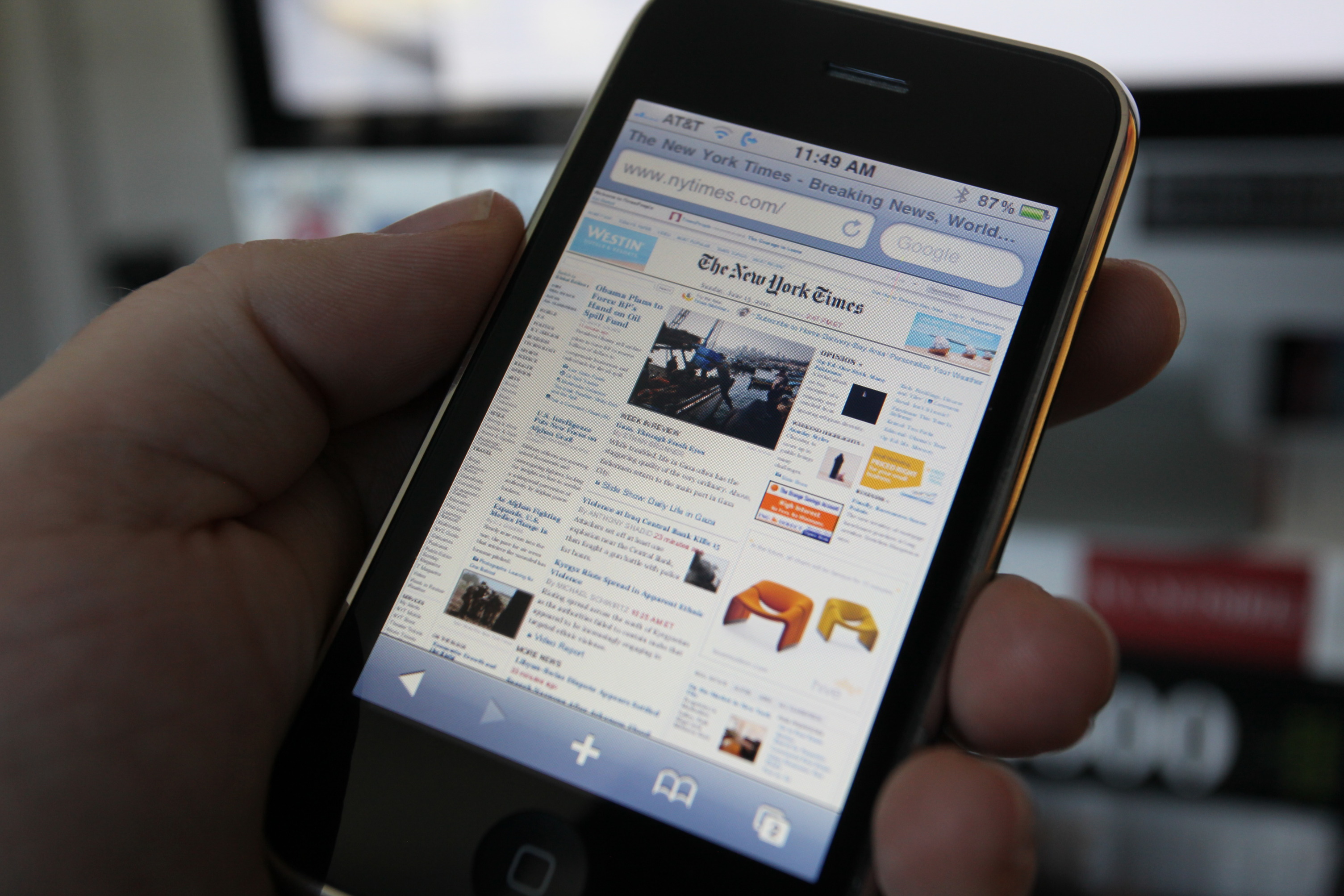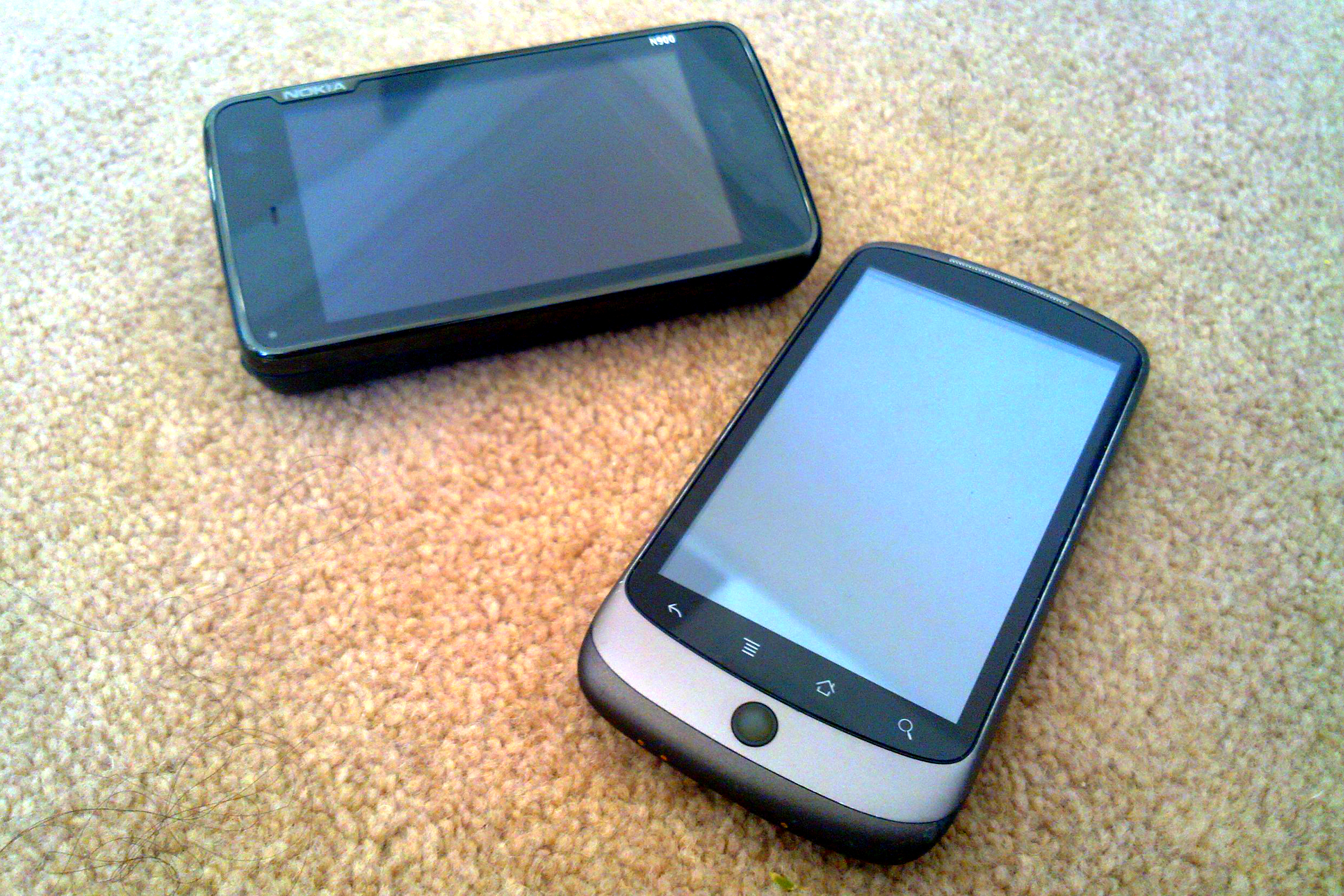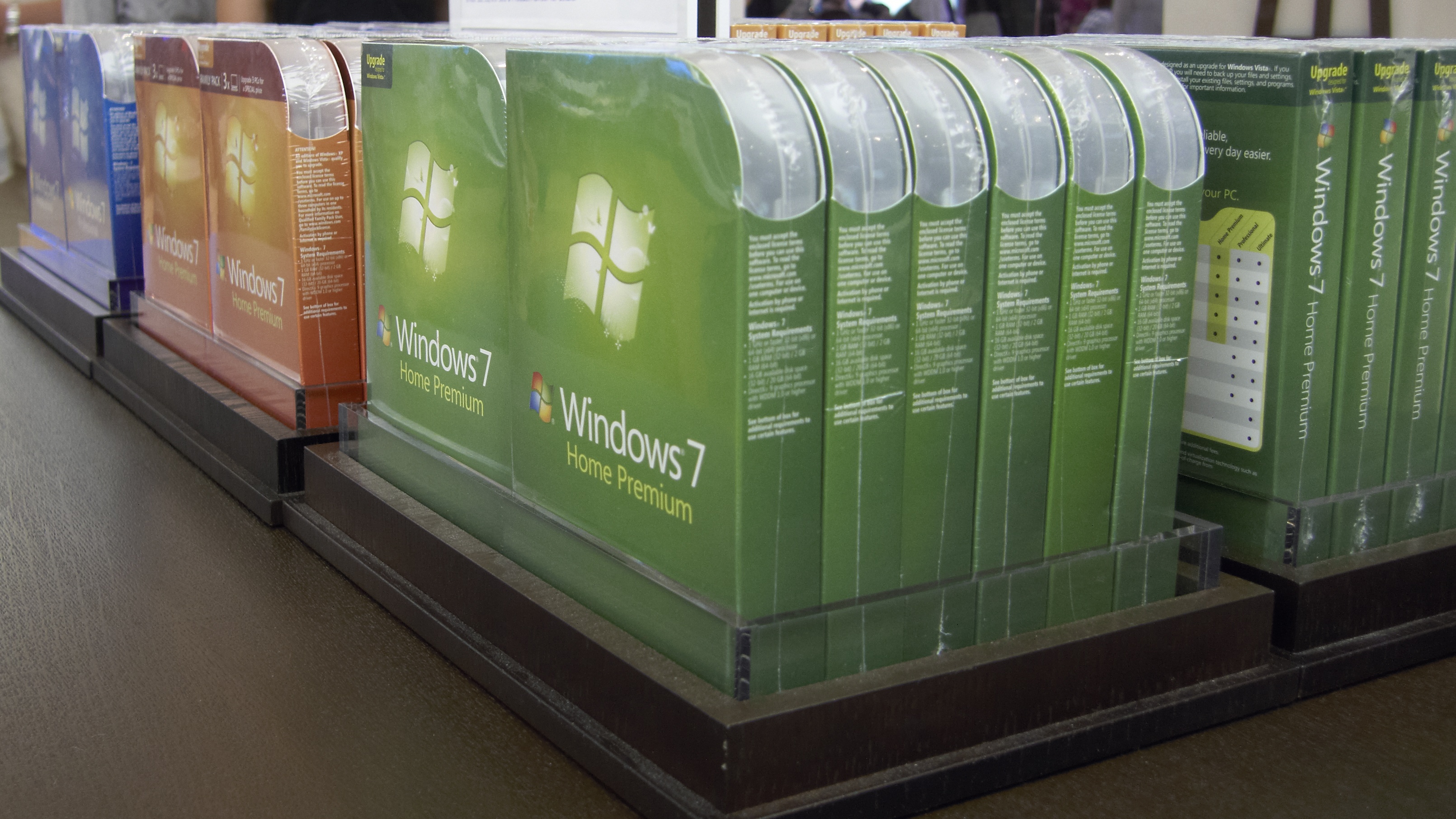[vimeo https://vimeo.com/9669721] Now this is what every short video should be like. Casey Neistat’s short on Chatroulette is great artform and storytelling. Casey and brother Van have a TV show coming to HBO sometime this year. […]
Category: Society

Repeal McCarran-Ferguson Act
Today U Cal prof Robert Reich asserted: “Bust up the Health Insurance Trusts.” I made a similar call to action in August 2009 post: “America’s Health Insurance Cartels are the Problem.”

Gene Munster tells a Good Story, But is it Believable?
IApple’s mobile phone business would go the same way as the Mac did in the 1980s and 1990s.

I’m With Coco
Conan O’Brien may not last much longer as Tonight Show host, but he has my support. Even if he loses his job, Conan will be a winner. Say, can Conan collect unemployment? Now there would […]

Google’s Superphone is Super Surprising
Last week, I ordered the Nexus One during Google’s event, before the invited attendees got their free review units. Google shipped the phone by free FedEx overnight, so I began using the so-called “superphone” on Wednesday (January 6). Google impressed with the simple ordering process and prompt delivery.
I would recommend the Nexus One over iPhone to most anyone. While I’m no fan of Nexus One’s industrial design, the phone satisfies in most of the important ways: Call quality, user interface responsiveness, overall speed of the device, 3G telephony and data reception, ease of typing on touchscreen, and applications availability. Google and HTC have put together a simply satisfying smartphone.

Nexus One Foreshadows Google Mobility That Could Get Ugly for Apple and Microsoft
Microsoft and Apple underestimate how quickly Google is consolidating its mobile platform—clearly so do geeks reviewing Nexus One. Google isn’t just going for one piece of mobility but the whole shebang. Google is putting together the pieces to offer a single mobile lifestyle, with no PC required, supported by search and other Google informational services. Like everything else the company does, free is the glue sticking everything together.
Google’s decision to sell Nexus One direct, even the carrier subsidized model, is part of the strategy. Open-source licensing has its limitations and risks fragmenting Android. As I explained in March 2009 post “There’s an App for That,” Apple changed the rules for mobile operating systems by breaking carrier control over updates. Apple distributes iPhone OS updates, preventing the kind of fragmentation typically caused by carrier distribution. By selling a handset direct, Google takes control of Android updates for a flagship phone that also acts like a baseline design model for handset manufacturers licensing the mobile operating system.
'Walk Away from Your Mortgage'
Morgan Stanley recently decided to stop making payments on five San Francisco office buildings. A Morgan Stanley fund purchased the buildings at the height of the boom, and their value has plunged. Nobody has said […]

Google Takes Ownership of a New Mobile Category
Today’s Google Nexus One launch is as game changing as Apple’s June 2007 release of the iPhone. Perhaps, Nexus One is more important, although judging from blogs and tweets, geekdom doesn’t yet get it. Apple supercharged the smartphone category with a more natural user interface. Suddenly, there was a new way to interact with a mobile phone that was seemingly magical. Today, Google turned on the superpowers, by finally starting to integrate cloud services into its mobile platform in a hugely useful way. Additionally, Google is transcending the limitations of one natural user interface by extending the capabilities of another.
With Nexus One and Android 2.1, Google is doing what Microsoft failed to with its March 2007 Tellme acquisition: Offer a more natural mobile phone user interface. Voice should have been it, but Microsoft failed to bring the technology to Windows Mobile in a big way. By comparison, Google has been hot on voice search, which promises to be much better on Nexus One and other handsets running Android 2.1. Google is extending voice search to other services, which just last week I blogged the information giant should be doing.
Stuck in Newark Airport
[youtube http://www.youtube.com/watch?v=HQeG1kaddsw] I agree 100 percent. “Maybe there is hope for our ever-increasingly isolated and anti-social (no, Facebook is making us less social) society after all”, nmook.

Two Stories of Smartphones Stolen
Yesterday someone stole my daughter’s new smartphone from a school locker. On Friday, a good friend’s iPhone 3GS disappeared from a car dealership, while he was talking on it. Both stories, which go oddly together, are cautionary tales about social media, cloud computing and the risks of identities stolen with the hardware.
Stolen phones used to conjure fears of minutes usage overages or big bills from calls placed to faraway places. Now the cost could be you.

What is an Ad?
TechFlash’s Todd Bishop and I disagree about what constitutes an ad. I ask you which of us is right. The disagreement started over Todd’s post “Windows Ads, Finally Cool?” He reports about some Windows 7 videos that popped up online a few days ago.
I saw the same vids on Tuesday night and almost blogged about them. But I recalled reading something a few weeks ago (from the esteemed Long Zheng) about the same videos being produced conceptually for Microsoft. Also, the run times were all wrong for broadcast. Nobody airs a 51-second commercials. I dismissed the videos as YouTube-distributed marketing material, but not advertisements.

Headline of the Day: ‘AT&T to Welcome iPhone Users to 2003 Tomorrow’
All Things Digital—and it’s an understatement. “At some point late tomorrow morning, the carrier will release an update enabling MMS,” he writes. About a minute later, AT&T’s network will go all to hell—it’s the end of the world as we know it—as iPhoners break out in one giant unison MMS.
Ah, the iPhone. A few weeks ago, I pronounced that my Nokia N97 is gone, it’s back again. I dumped the iPhone 3GS, and I’m surprised how little I miss the smartypants phone. Perhaps it was a psychological sense of missing out on something that caused the “disconnected” feeling using the N97 that I blogged about . No more.